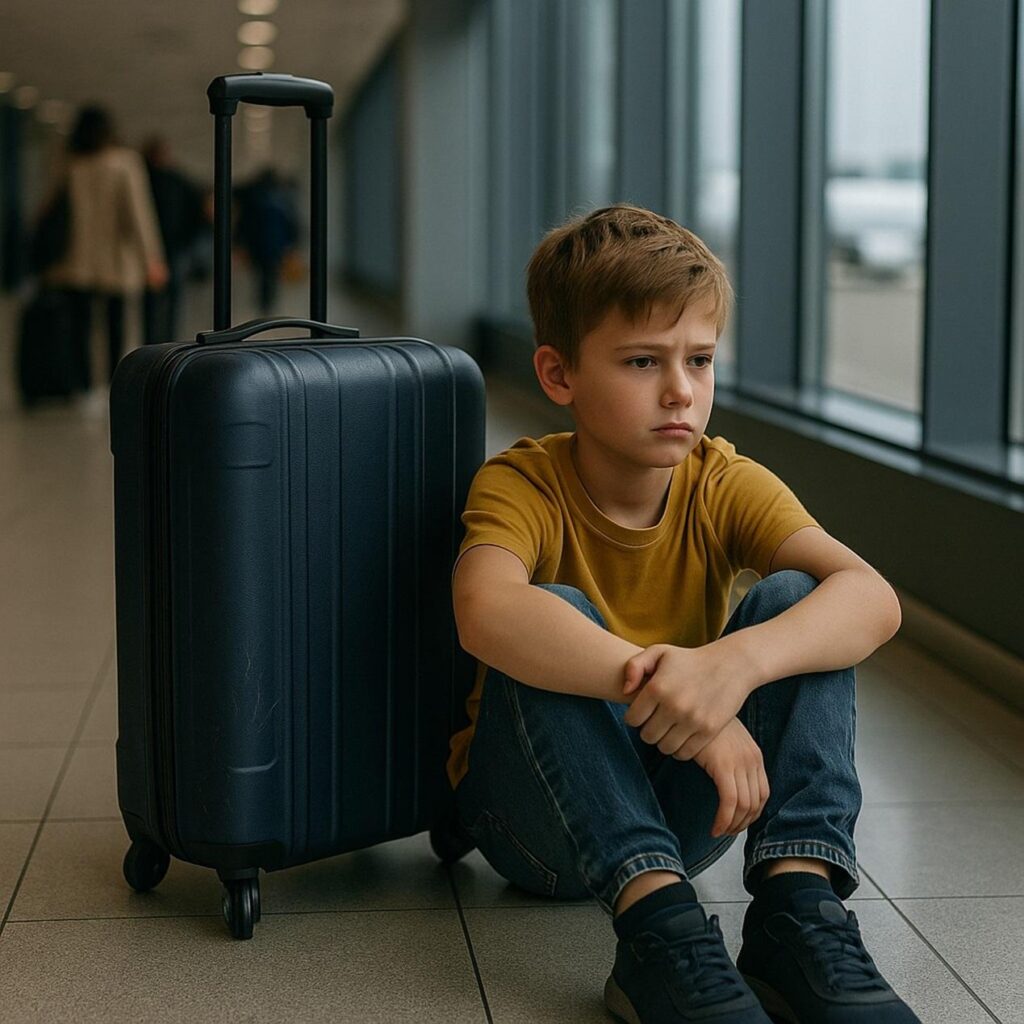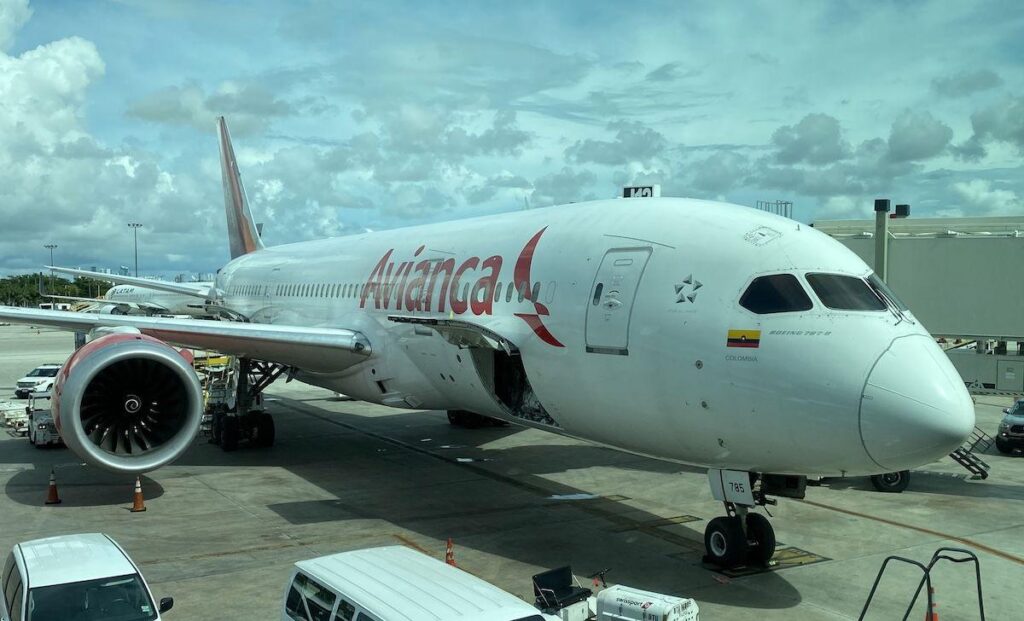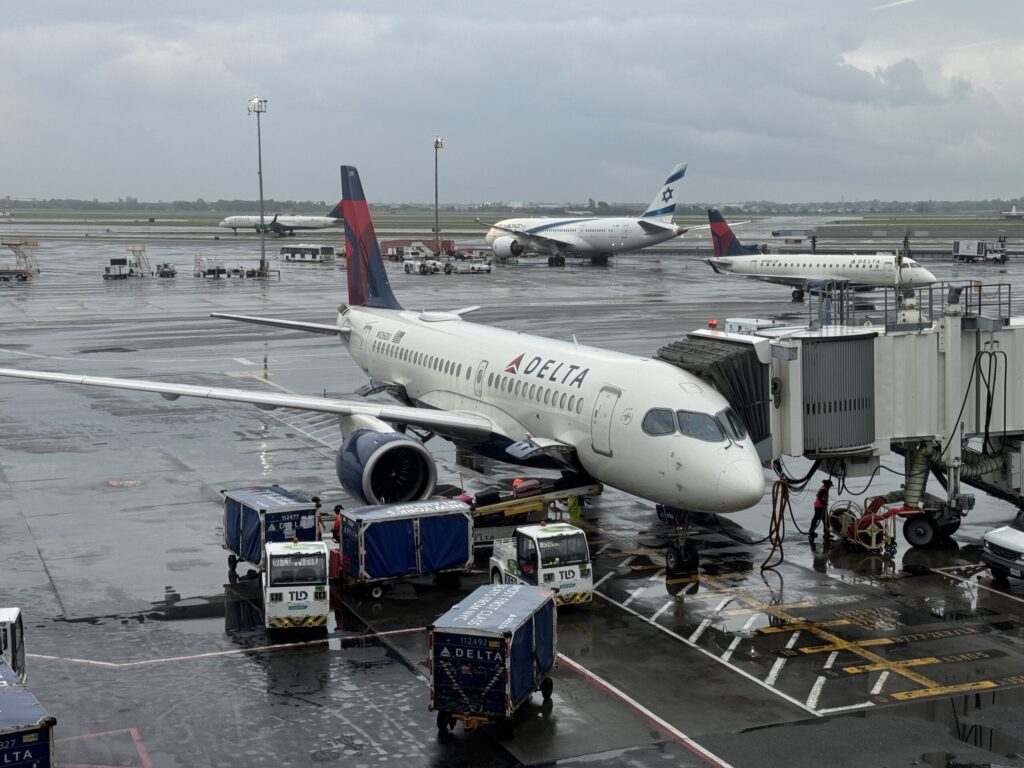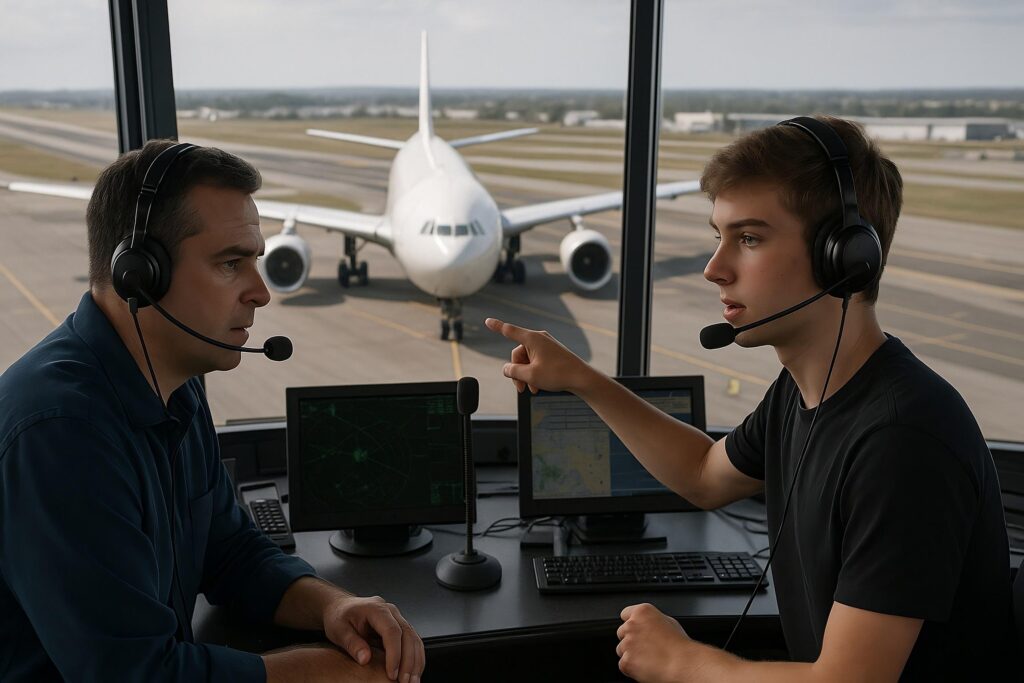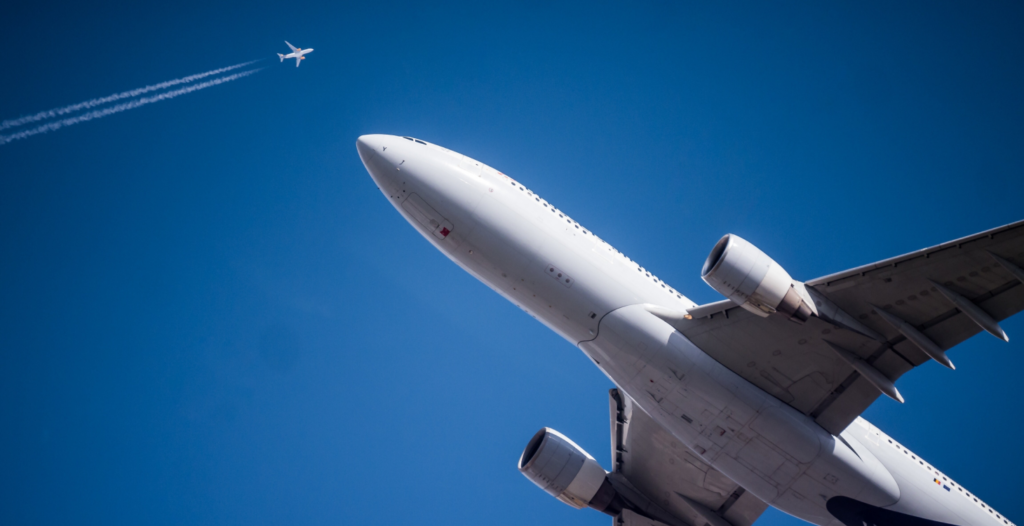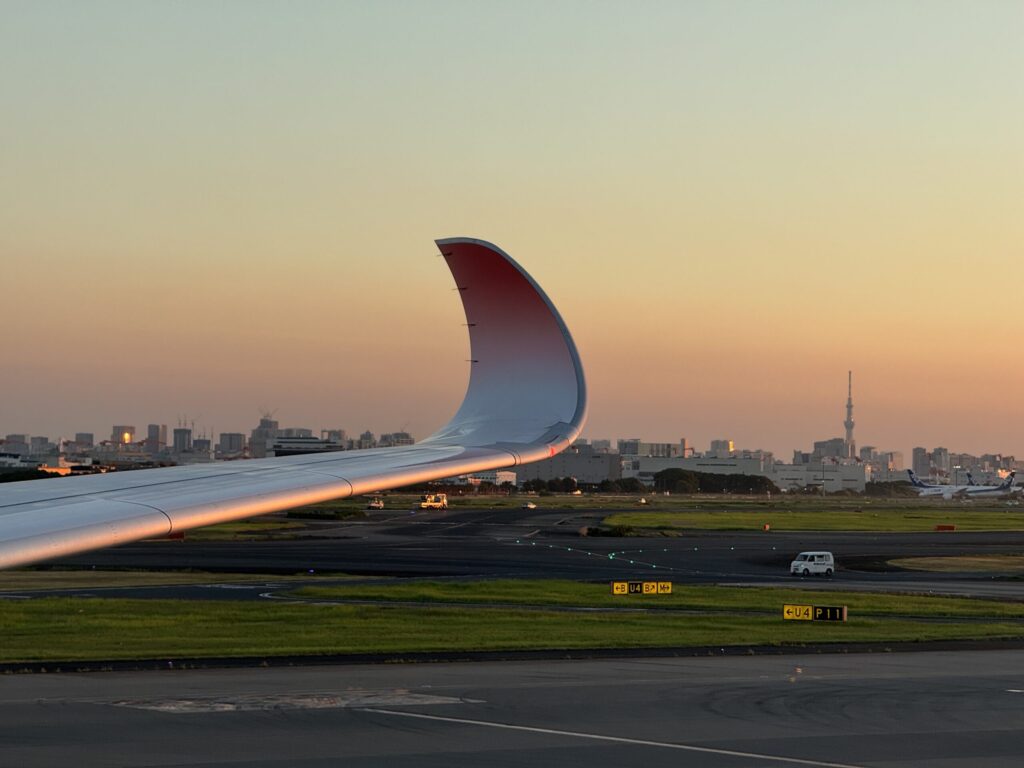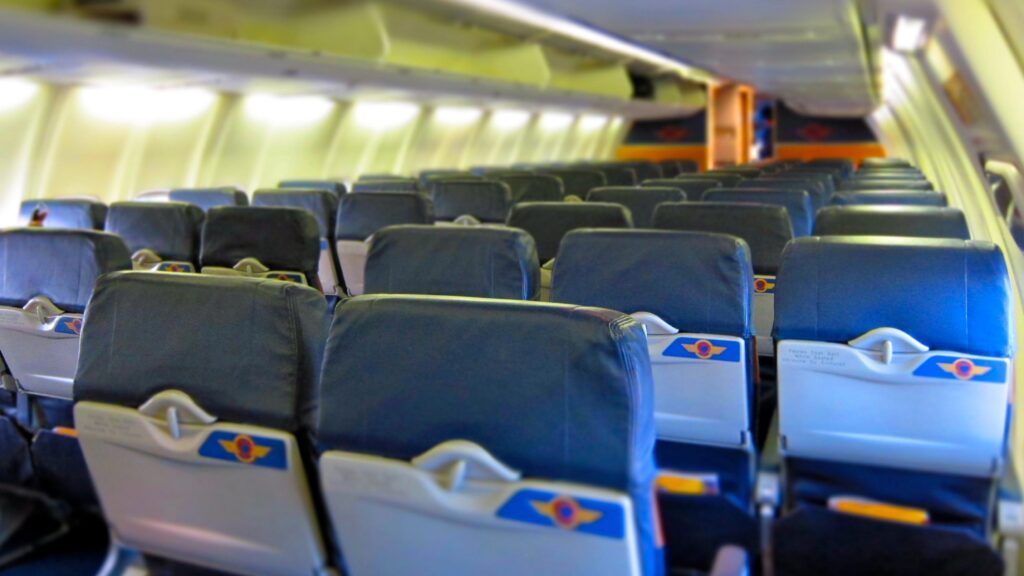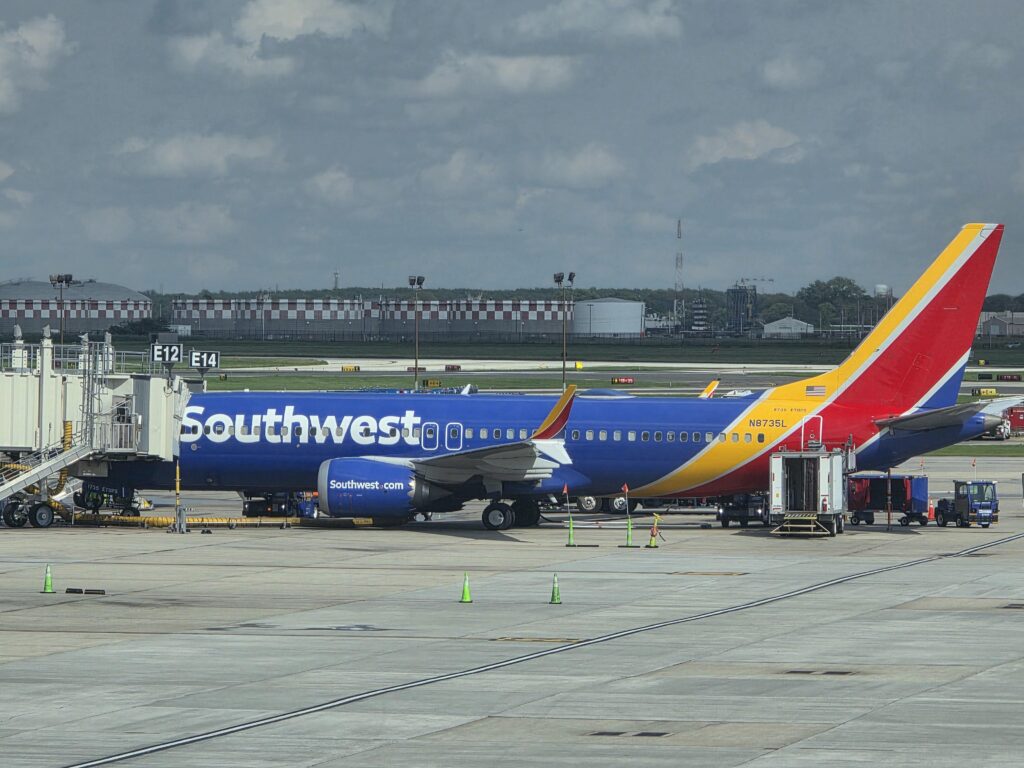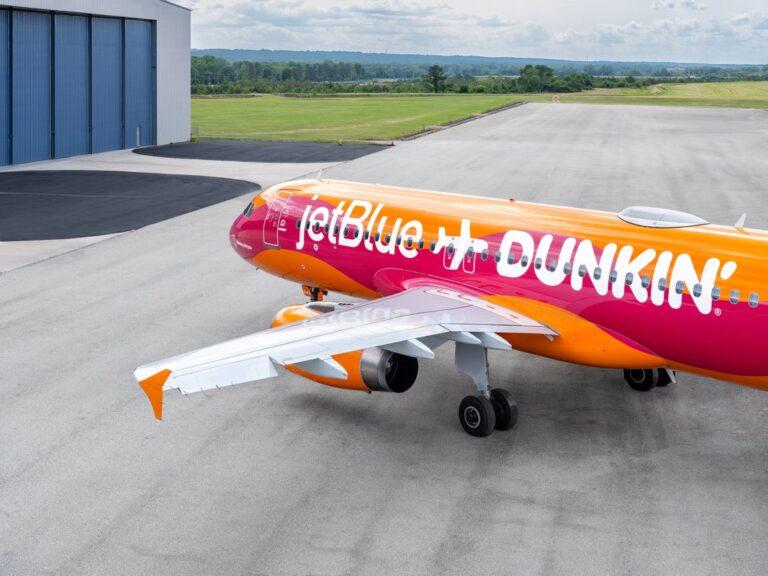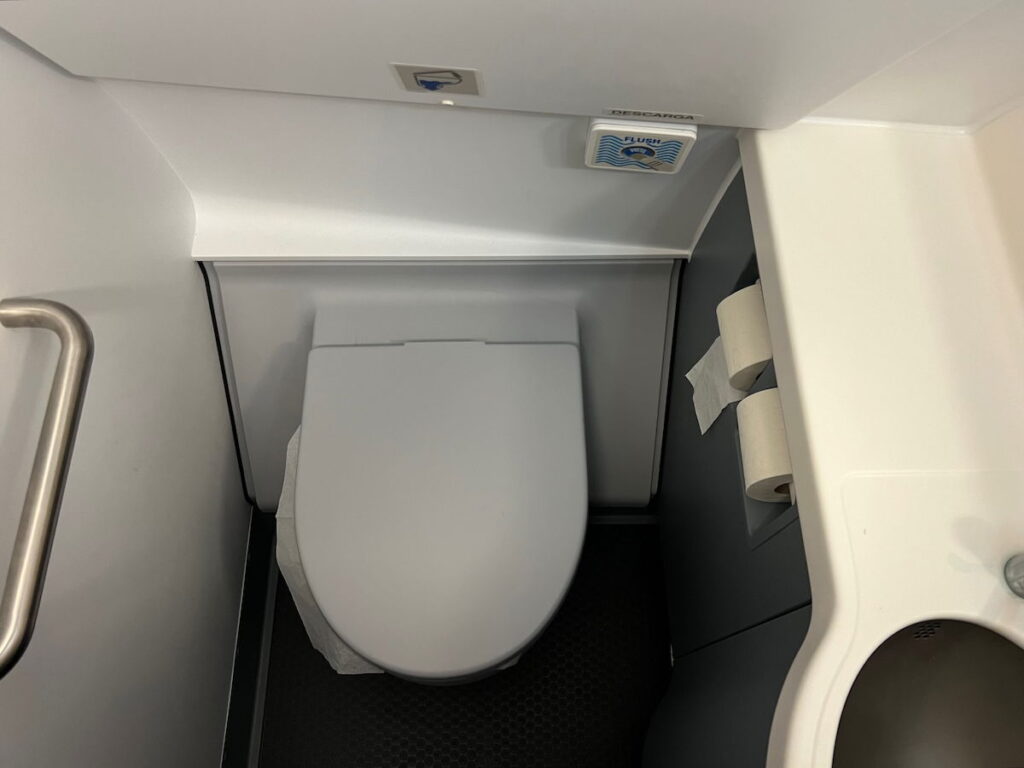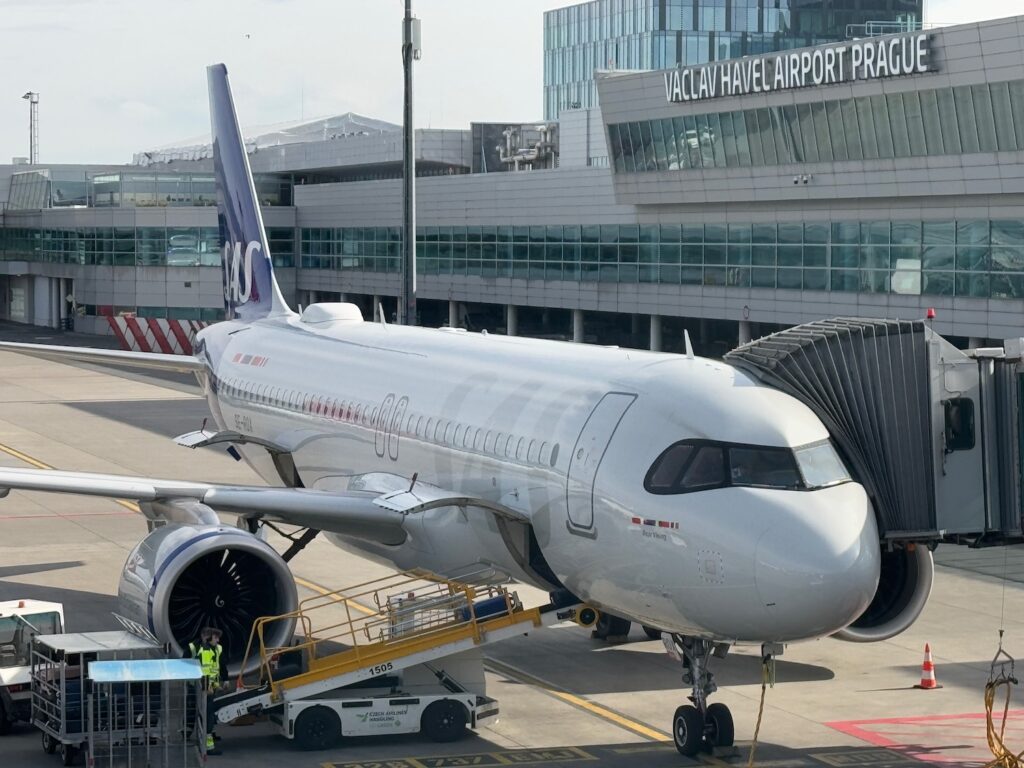What to Expect While On a Plane: A Comprehensive Guide to Your In-Flight Experience
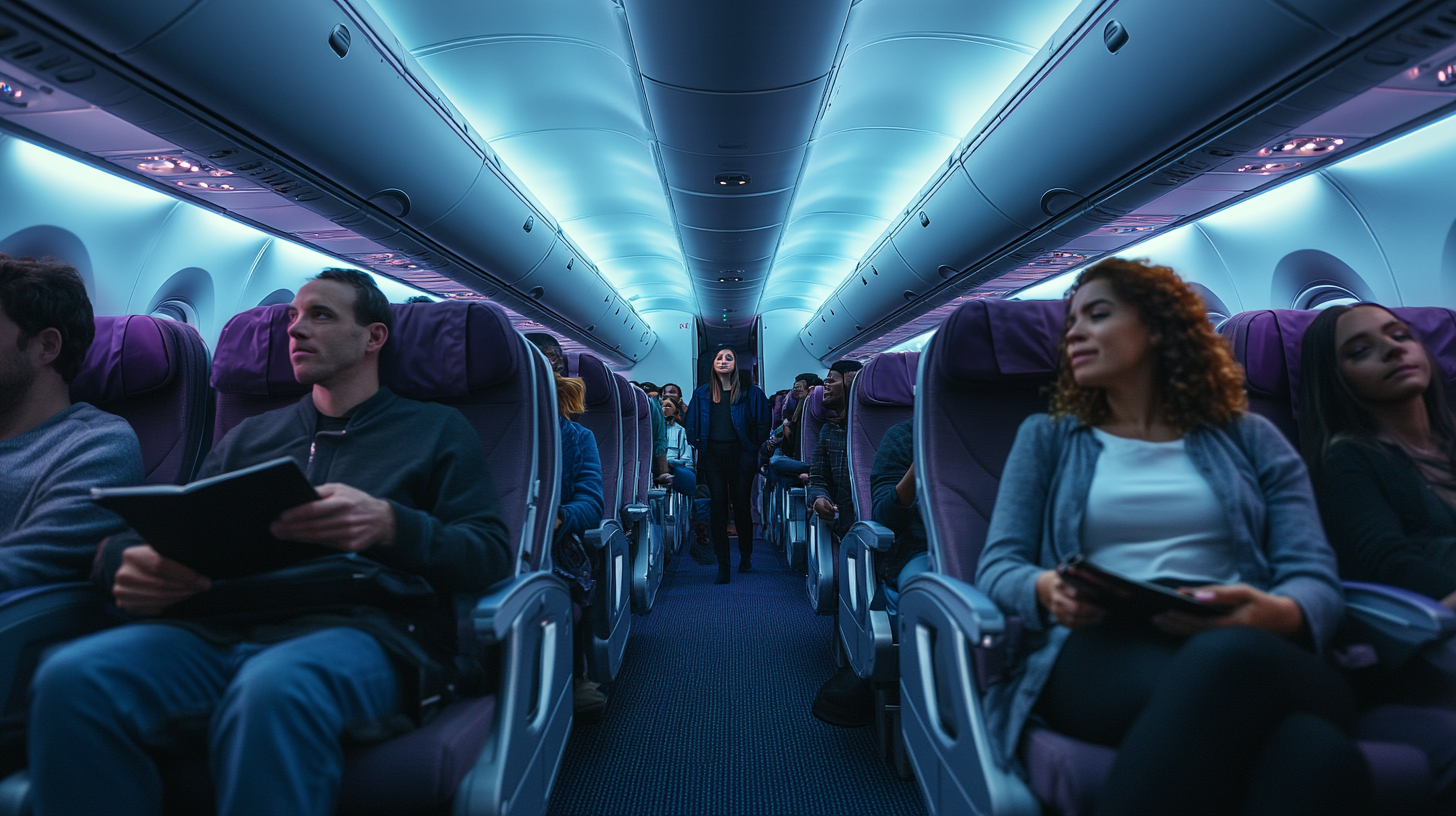
Stepping onto an airplane for the first time—or even the hundredth—can be a blend of excitement, anticipation, and a touch of uncertainty. The allure of new destinations beckons, but the journey itself holds its own set of experiences. Whether you’re a seasoned traveler or preparing for your inaugural flight, understanding what awaits you at 30,000 feet can transform your trip into a truly enjoyable adventure. This comprehensive guide delves into every facet of the in-flight experience, offering insights and tips to ensure you’re well-prepared and confident as you take to the skies.
Pre-Flight Preparations: Setting the Stage for a Smooth Journey
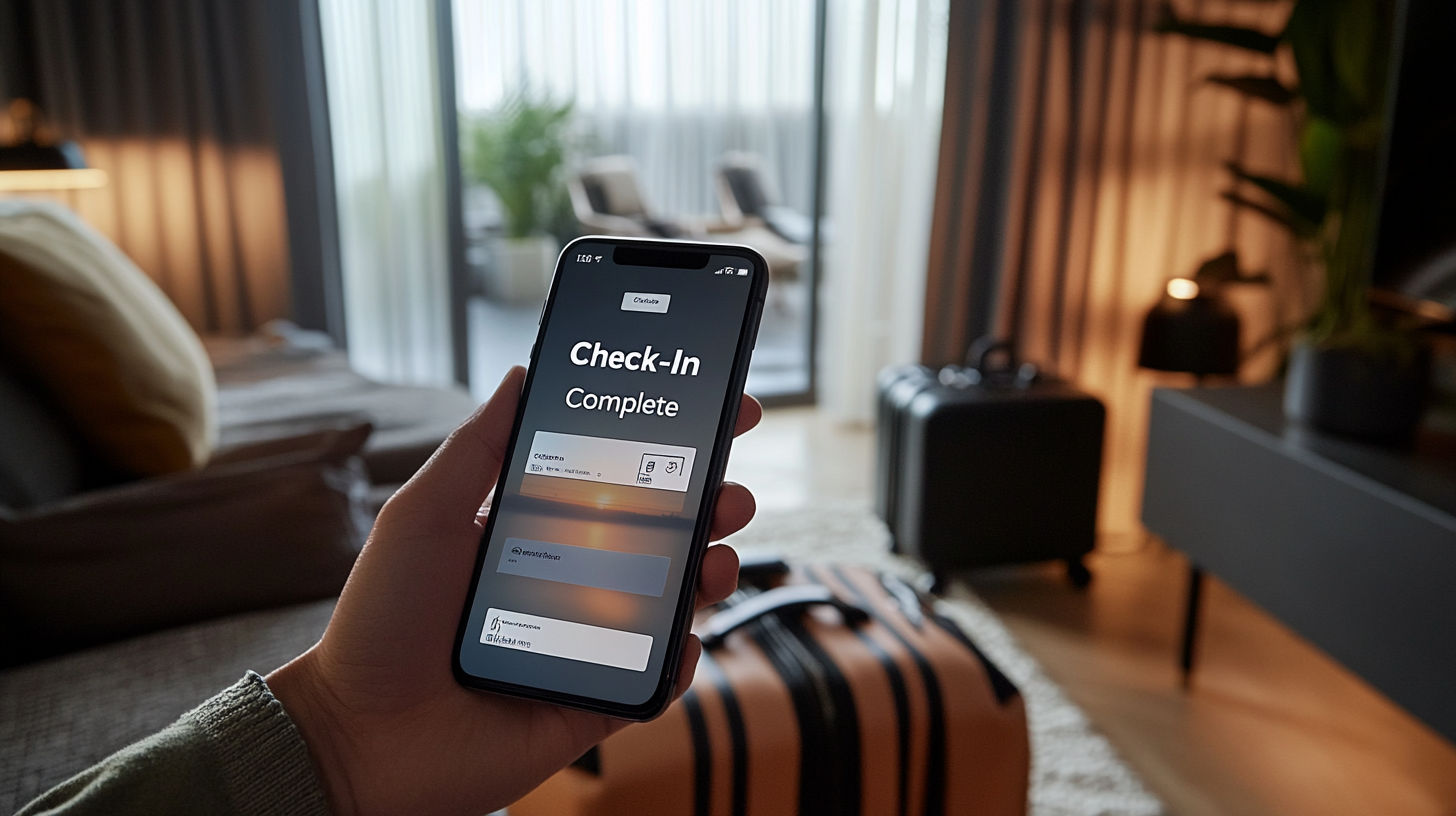
Before you even step foot on the aircraft, several crucial steps can set the tone for a comfortable and hassle-free flight. One of the first considerations is checking in online, typically available 24 hours before departure. Utilizing the airline’s website or mobile app, such as the American Airlines App, you can select your preferred seat—be it the window for breathtaking views, the aisle for easy access, or extra legroom seats for added comfort. This proactive approach not only saves time at the airport but also increases your chances of securing a desirable seat.
Arriving at the airport with ample time is essential, especially during peak travel seasons or holidays when security lines can be unexpectedly long. For expedited security screening, consider enrolling in programs like TSA PreCheck or Global Entry, which offer streamlined processes for frequent travelers. These programs can significantly reduce waiting times and alleviate stress.
Understanding and adhering to your airline’s baggage policies is crucial to avoid unexpected fees or delays. Most airlines have specific weight and size limits for both carry-on and checked luggage. Investing in quality luggage from reputable brands like Samsonite or Travelpro ensures durability and compliance with airline standards. Utilizing packing organizers, such as packing cubes, can help maximize space and keep your belongings organized.
When packing your carry-on bag, prioritize essentials like medications, important documents (passport, ID, boarding pass), electronics with chargers, and a change of clothes. Regulations on carrying liquids dictate that containers must be 3.4 ounces (100 milliliters) or smaller, all placed within a quart-sized, clear plastic bag. Remember that certain items, like lithium batteries and power banks, have specific carriage rules for safety reasons.
The security checkpoint is a standard part of modern air travel. Be prepared to remove laptops, tablets, and liquids from your bags, and to take off your shoes, jackets, and belts if required. Familiarizing yourself with the list of prohibited items beforehand can expedite the process and reduce stress. Wearing slip-on shoes and minimal metal accessories can also speed up your journey through security.
Lastly, consider the benefits of travel insurance, which can provide peace of mind against unforeseen events like flight cancellations, medical emergencies, or lost luggage. Staying informed about your flight status is equally important. Airlines often send updates via email or text, but downloading the airline’s app can provide real-time notifications about gate changes, delays, or even in-flight amenities. This proactive approach ensures you’re always a step ahead and can adjust your plans as necessary.
Boarding the Aircraft: Finding Your Seat and Settling In
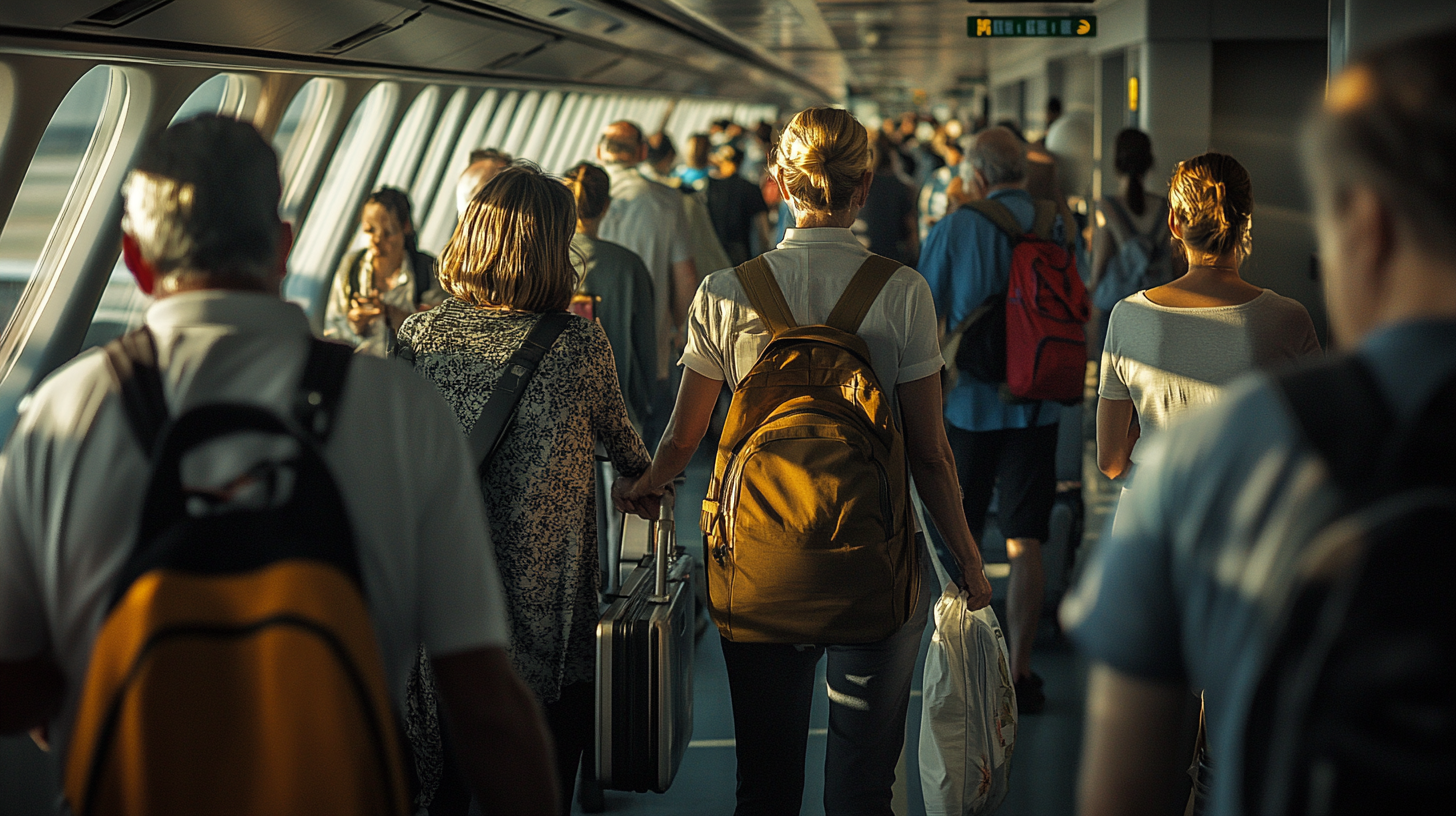
Boarding is the gateway to your in-flight experience, and understanding the process can make it smoother for you and your fellow passengers. Airlines typically board by groups or zones, as indicated on your boarding pass. Pay close attention to announcements and signage to know when it’s your turn. Frequent flyers, passengers needing assistance, families with young children, and premium cabin travelers often receive priority boarding, which can be advantageous if you require extra time or wish to secure overhead bin space.
As you make your way down the jet bridge and onto the aircraft, locate your seat using the overhead signs that correspond to your seat assignment. Stow your larger carry-on items in the overhead bins, wheels first to maximize space, and place smaller personal items under the seat in front of you. Be mindful of space limitations and considerate of fellow passengers’ belongings. If overhead space is limited, flight attendants can assist or may need to gate check your bag.
Settling into your seat promptly helps keep the boarding process efficient. Familiarize yourself with the available amenities, such as the seatbelt, air vent, reading light, and in-flight entertainment system, if provided. Adjusting your seat and personal space early on can contribute significantly to your comfort during the flight. If you prefer certain environmental settings—like a cooler temperature or more overhead light—now is the time to make those adjustments.
Engaging with your seat neighbors courteously sets a positive tone for the journey. If you wish to swap seats with someone, approach the request politely and be prepared for the possibility of refusal. Learn more about this at The Points Guy. Additionally, take a moment to review the safety information card located in the seat pocket. While frequent flyers may overlook this step, understanding the aircraft’s specific safety procedures, exit locations, and emergency equipment is vital for your well-being.
In-Flight Services: Making the Most of Amenities
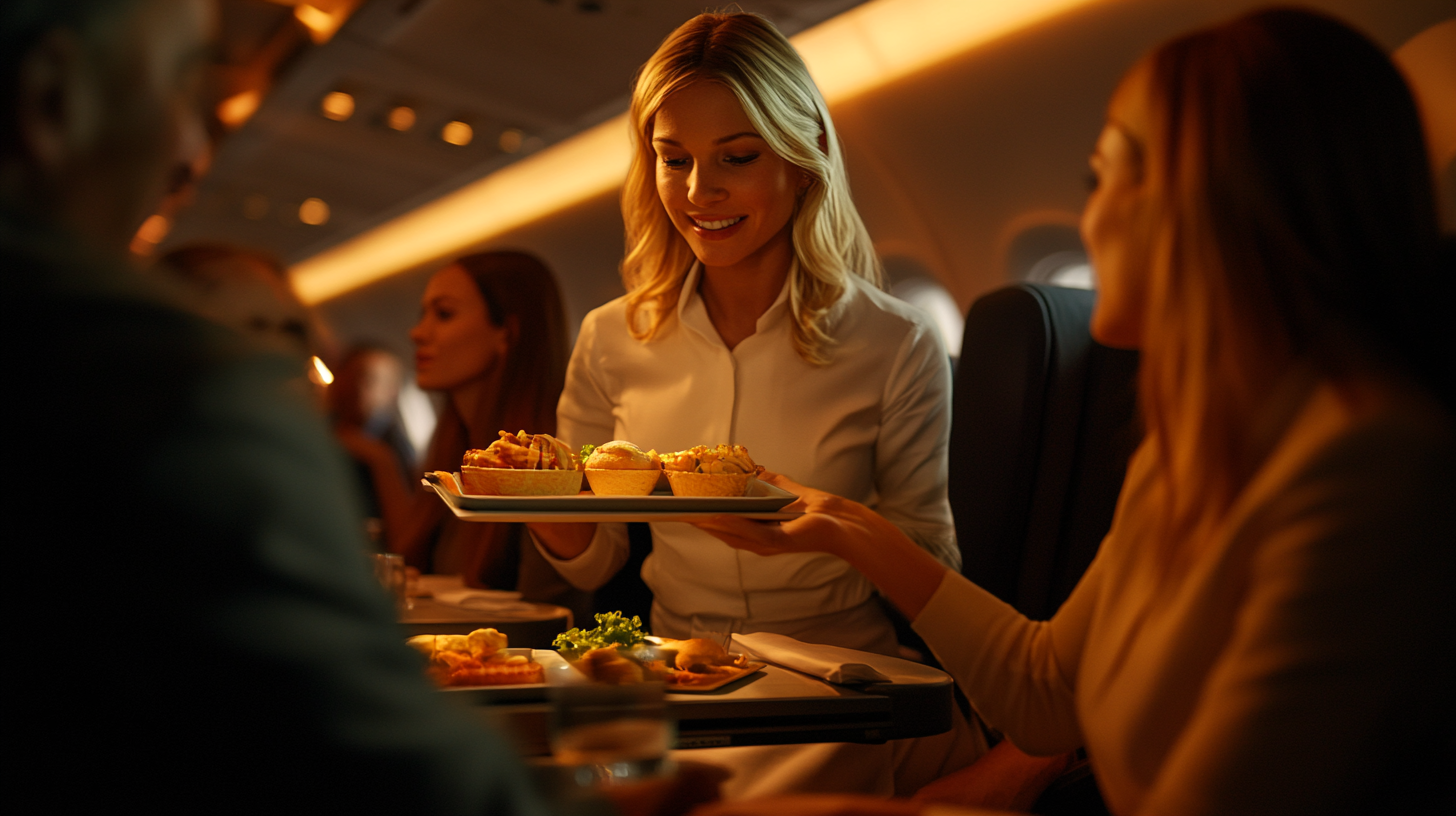
Once the plane reaches cruising altitude, the cabin crew will commence in-flight services designed to enhance your travel experience. These services vary based on the airline, flight duration, and class of service. On short-haul flights, you may receive complimentary beverages and light snacks, while long-haul flights often include full meals with multiple courses. Check out the in-flight meal options to decide whether to purchase additional items or request special meals catering to dietary restrictions, such as vegetarian, gluten-free, or kosher options.
Entertainment options are a significant aspect of modern air travel. Many airlines equip seats with personal screens offering movies, TV shows, music, and games. Some airlines provide complimentary headsets, while others may charge a fee or encourage you to bring your own noise-canceling headphones for optimal audio quality. On flights without personal screens, overhead monitors or streaming to your personal device via the airline’s app might be available. Downloading content to your devices before the flight ensures you have entertainment options regardless of the in-flight offerings.
Staying connected while airborne has become increasingly feasible with the advent of in-flight Wi-Fi. While services may come with a fee, they allow you to browse the internet, check emails, or even stream media, depending on the airline’s offerings and the flight’s location. Some airlines now provide free messaging services or limited complimentary Wi-Fi access. It’s wise to check the airline’s Wi-Fi options beforehand and be aware that connectivity speeds may be slower than ground-based networks.
Comfort items like pillows, blankets, and amenity kits are commonly offered on long-haul or overnight flights. However, for hygiene and personal comfort, bringing your own travel pillow, eye mask, and a lightweight blanket can make a significant difference in rest quality during the flight. Additionally, wearing comfortable layers and bringing compression socks can enhance comfort, especially on longer journeys.
Engaging with the cabin crew can enhance your in-flight experience. They’re available to assist with requests, answer questions about your flight, and address any concerns. If celebrating a special occasion, some airlines may offer small perks or acknowledgments if notified in advance or politely informed during the flight. Learn more from Executive Traveller. Remember that kindness and courtesy go a long way in creating a pleasant atmosphere for everyone onboard.
Dealing with In-Flight Discomforts: Strategies for a Pleasant Flight
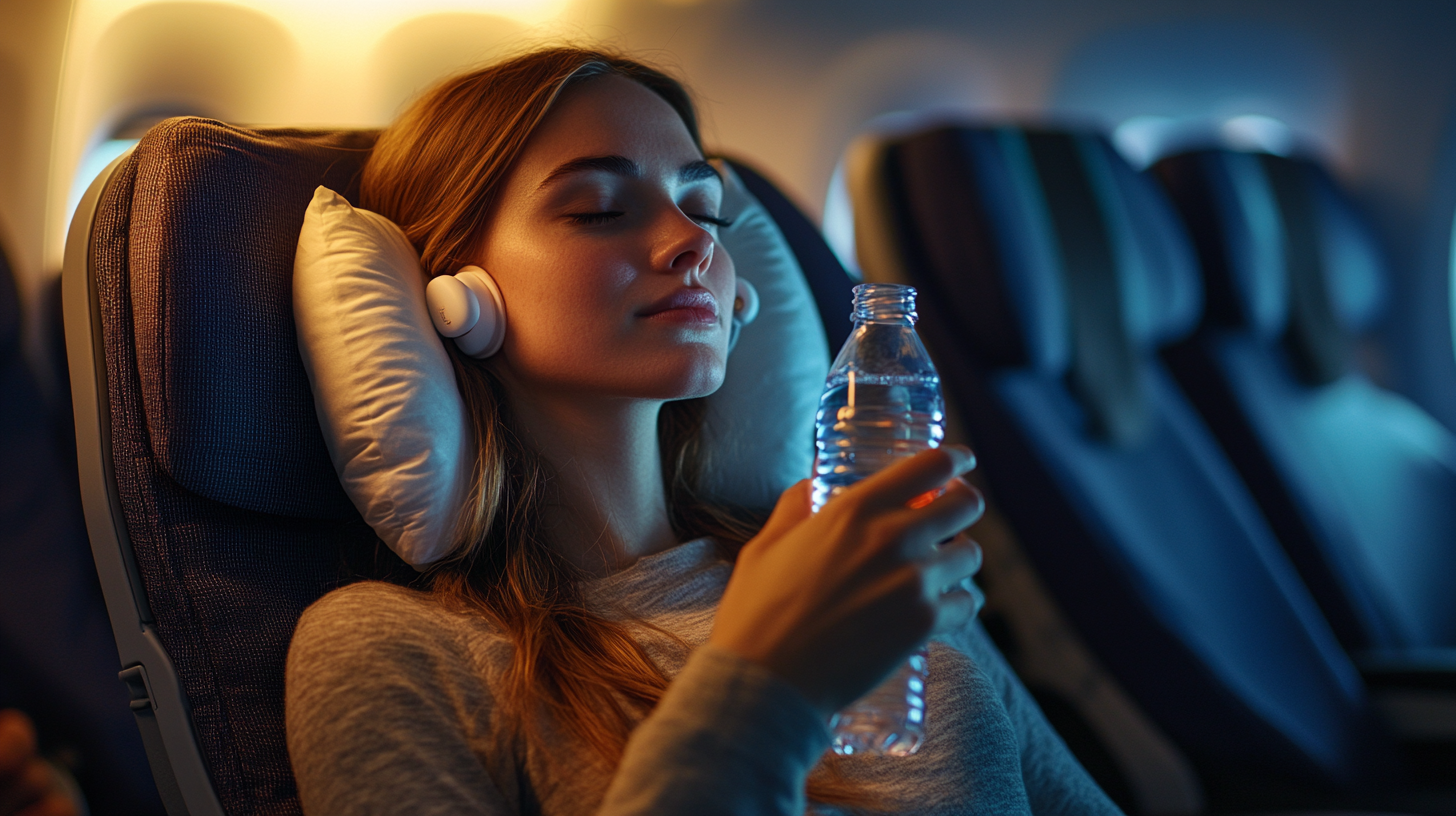
While air travel is generally safe and comfortable, certain physical challenges can arise during a flight. One common issue is the change in cabin pressure during takeoff and landing, which can cause ear discomfort. Chewing gum, swallowing frequently, or yawning can help equalize ear pressure. For infants and young children, sucking on a pacifier or bottle can alleviate discomfort. Learn more about ear pressure relief techniques. Some travelers use specialized earplugs designed for flights to mitigate pressure changes.
The cabin air is often dry, with humidity levels lower than typical indoor environments, leading to dehydration. Drinking plenty of water throughout the flight is essential. Flight attendants regularly offer beverage services, but bringing an empty water bottle to fill after passing through security ensures you have water readily available. Limiting caffeine and alcohol intake can also help maintain hydration levels and reduce feelings of fatigue and jet lag.
Prolonged sitting can lead to stiffness, discomfort, and in some cases, increase the risk of Deep Vein Thrombosis (DVT). To promote circulation, take short walks up and down the aisle when safe to do so, and perform in-seat stretches and exercises. Simple movements like ankle rotations, leg lifts, and shoulder rolls can alleviate muscle tension. Wearing loose-fitting clothing and comfortable shoes contributes to overall physical comfort during the flight.
Motion sickness affects some travelers, leading to nausea and discomfort. If you’re prone to motion sickness, consider over-the-counter remedies like Dramamine, natural remedies such as ginger candies, or acupressure wristbands like Sea-Bands. Choosing a seat over the wing, where there is less movement, may also reduce symptoms. Keeping your gaze fixed on a stable object or horizon can help maintain equilibrium.
Arrival and Disembarkation: Navigating the Final Steps
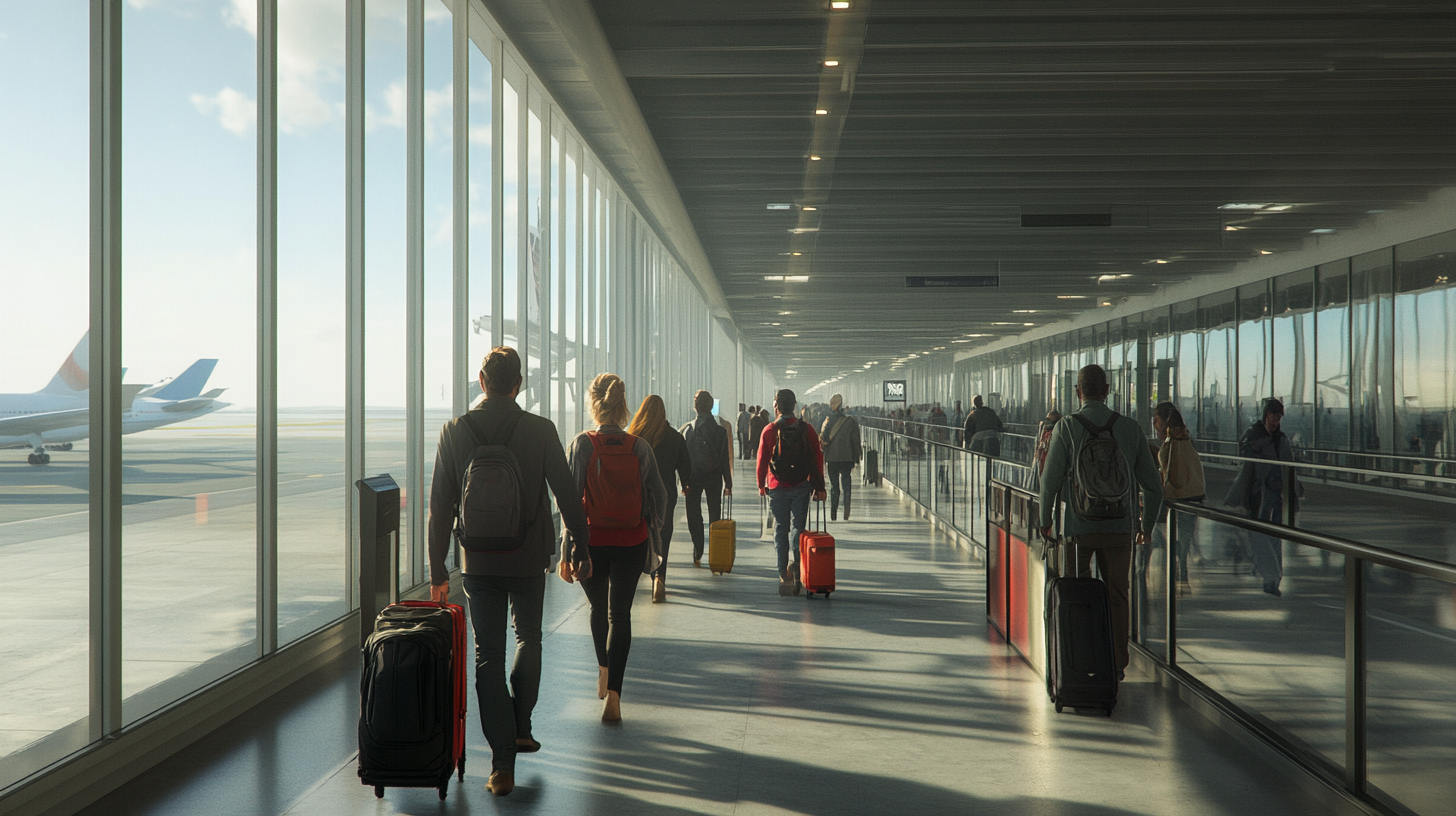
As your flight approaches its destination, flight attendants will provide important arrival information, including gate connections, baggage claim details, and local time. Begin gathering your personal items well before landing to ensure nothing is left behind. Check the seat pocket, under the seat, and overhead bins for any belongings. It’s helpful to organize your items so that disembarkation is smooth and efficient. Explore disembarkation tips for more details.
Exiting the aircraft typically occurs row by row from front to back. Patience is appreciated as everyone retrieves their carry-on items. If you have a tight connection to another flight, politely informing a flight attendant or nearby passengers may help you disembark sooner. Discover more on making tight connections.
Upon entering the terminal, follow signs for baggage claim, connecting flights, or, in the case of international arrivals, customs and immigration. Having your passport and necessary documents readily accessible expedites this process. Some countries offer automated kiosks or mobile passport control apps, which can further reduce wait times.
If you’ve checked luggage, proceed to the designated baggage carousel. Identifying your luggage is easier if it’s uniquely marked—with colorful tags, straps, or stickers. Check out luggage identification tips. In the unfortunate event of lost or delayed luggage, report it immediately to the airline’s baggage service desk to initiate the recovery process. Keeping a copy of your bag’s contents and the baggage claim tag facilitates claims and compensation if necessary.
After collecting your luggage, consider your ground transportation options. Airports often provide various services, including taxis, rideshare pickups, shuttles, public transit, or car rentals. Learn more about rideshare services. Planning your transportation in advance can save time and potentially reduce costs. Familiarize yourself with the local currency if traveling internationally, and ensure you have a means to access funds upon arrival.
Embracing the Journey: Final Thoughts on Your In-Flight Experience

Understanding what to expect while on a plane transforms potential anxieties into confident anticipation. From pre-flight preparations to navigating in-flight services and handling common discomforts, being informed empowers you to make the most of your journey. Air travel not only transports you to new destinations but also offers unique opportunities to relax, learn, and connect with others. Embracing every aspect of the experience can make your travels richer and more fulfilling.
Remember, every journey is an opportunity for discovery. Stay curious, be open to new experiences, and don’t hesitate to explore resources like travel blogs, forums, and guides for further tips and insights. Sharing your own experiences can also benefit fellow travelers. We are here to accompany you on every leg of your journey, ensuring it’s as smooth and enjoyable as possible.
For more travel tips and insights, stay connected with us by visiting BoardingArea. Safe travels, and enjoy every moment of your next adventure!



